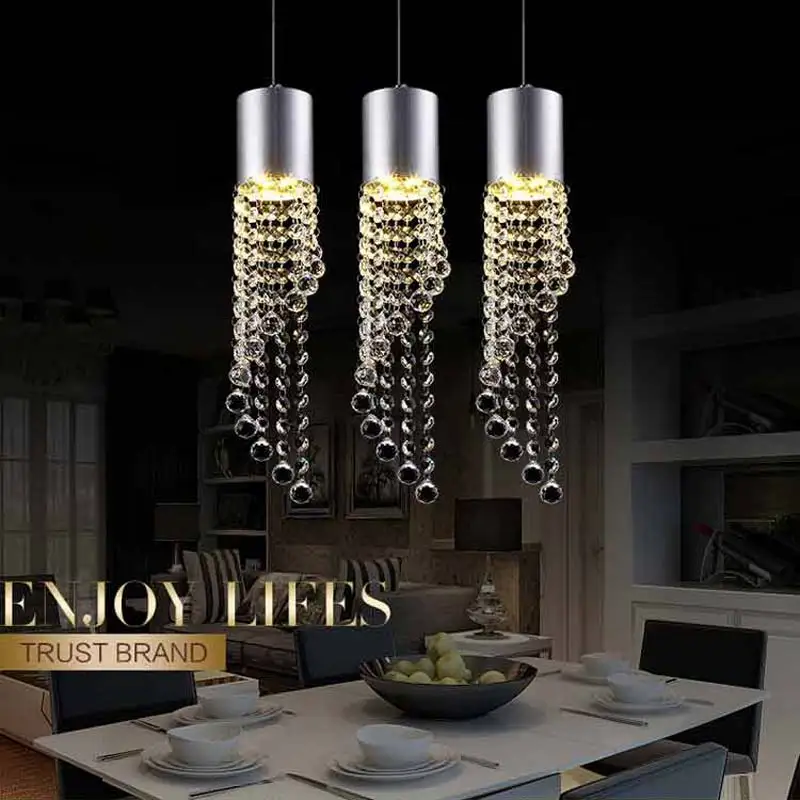
This Image was ranked 46 by Bing.com for KEYWORD Lantern Dining Room Lights, You will find this result at BING.COM.
IMAGE META DATA FOR Mason Jar Chandelier – Three Ring Canopy's Picture| TITLE: | Mason Jar Chandelier – Three Ring Canopy |
| IMAGE URL: | https://bootsngus.net/wp-content/uploads/2013/01/threering2.jpg |
| THUMBNAIL: | https://tse4.mm.bing.net/th?id=OIP.S-Q-tj1ji9tgoP6kCSih3wEsDN&pid=Api&w=264&h=181 |
| IMAGE SIZE: | 298490 B Bs |
| IMAGE WIDTH: | 1500 |
| IMAGE HEIGHT: | 1027 |
| DOCUMENT ID: | OIP.S-Q-tj1ji9tgoP6kCSih3wEsDN |
| MEDIA ID: | 701D7A454FCF28E2CE875EB02715D7408FB93EF5 |
| SOURCE DOMAIN: | bootsngus.net |
| SOURCE URL: | https://bootsngus.net/product/mason-jar-chandelier-three-ring-canopy/ |
| THUMBNAIL WIDTH: | 264 |
| THUMBNAIL HEIGHT: | 181 |
Related Images with Mason Jar Chandelier – Three Ring Canopy
littman bros lighting lighting
Top 38 Creative Ways to Repurpose and Reuse Vintage Ladders
littman bros lighting lighting
Light Kitchen Dining Room Shop Silver Metal 3 Heads Home Rope Lighting

A dining room is a room for spending food. In modern times it is usually adjacent to the kitchen for accessibility in serving, although in medieval periods it was often on an entirely different storey tier. Historically the dining room is furnished with a rather large dining table and a number of dining chairs; the most common shape is generally rectangular with two armed demise chairs and an even number of un-armed side chairs along the long backs .
History
In the Middle Ages, upper class Britons and other European aristocracy in castles or large manor houses dined in the largest hall. This was a large multi-function chamber capable of room the bulk of the population of the house. The family would sit at the head table on a heightened dais, with the rest of specific populations arrayed in order of lessening grade away from them. Tables in the largest passageway would tend to be long trestle tables with terraces. The sheer number of people in a Great Hall meant it would probably have had a busy, bustling atmosphere. Suggests that it would also have been quite smelly and smoky are probably, by the standards of the time, unfounded. These rooms had large-scale chimneys and high ceilings and there would have been a free pour of air through the several doorway and window openings .
It is true that the owners of such belongings began to develop a preference for more intimate rallies in smaller' parlers' or' privee parlers' off the primary hall but this is thought to be due just as much to political and social changes as to the greater comfort afforded by such rooms. In the first instance, the Black Death that ravaged Europe in the 14 th Century induced a shortage of labor and this had led to a dislocation in the feudal system. Also the religion abuses after the dissolution of the monasteries under Henry VIII made it unwise to talk freely in front of large numbers of people .
Over time, the nobility took more of their dinners in the parlour, and the parlor became, functionally, a dining room( or was split into two separate rooms ). It also migrated farther from the Great Hall, often accessed via grand ceremonial staircases from the dais in the Great Hall. Eventually dining in the Great Hall became something that was done mainly on special occasions .
Toward the beginning of the 18 th Century, a pattern risen where the ladies of the house would recede after dinner from the dining room to the drawing room. The gentlemen would remain in the dining room having drinks. The dining room tended to take on a more masculine tenor as a result .
Comments
Post a Comment